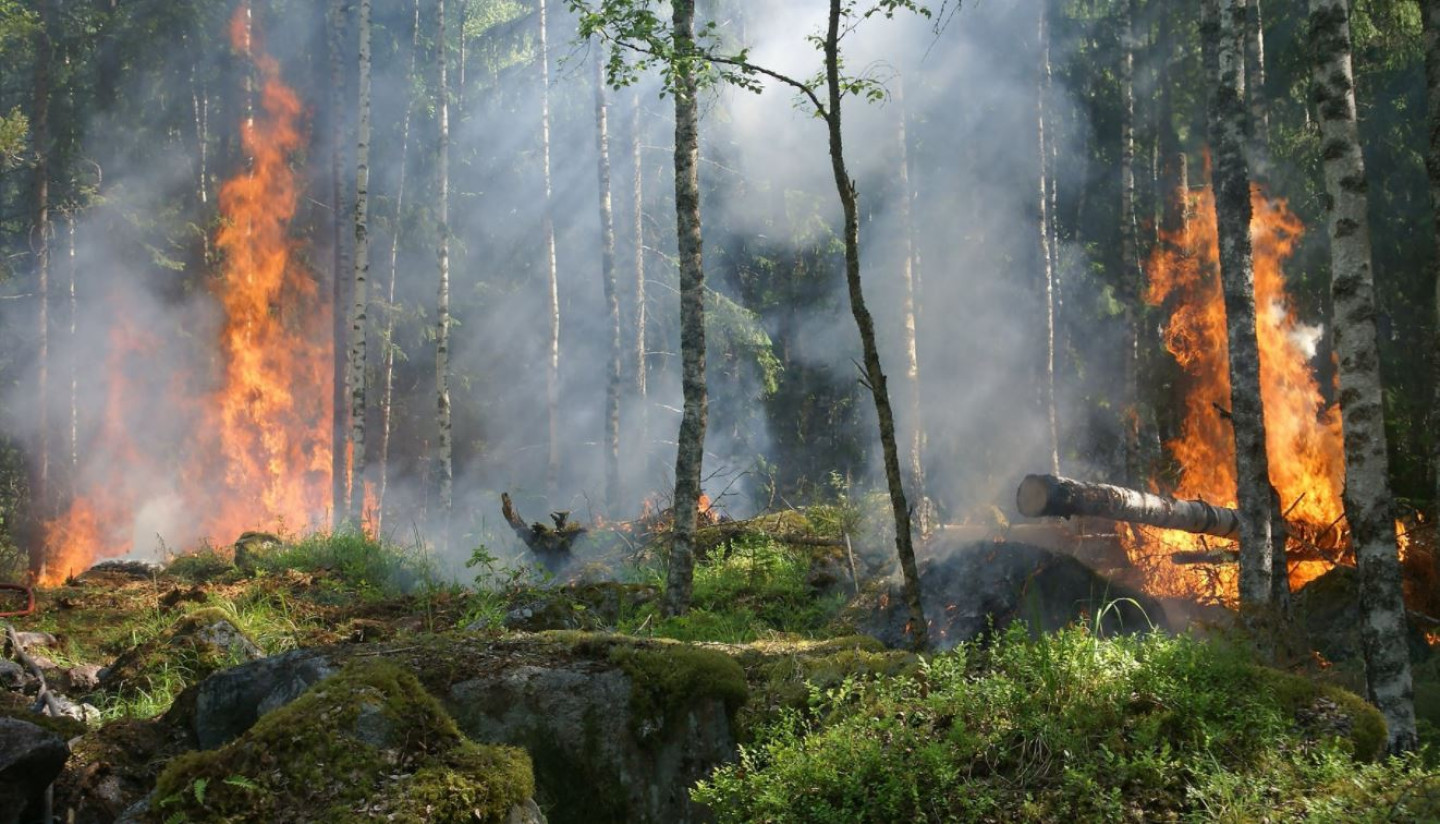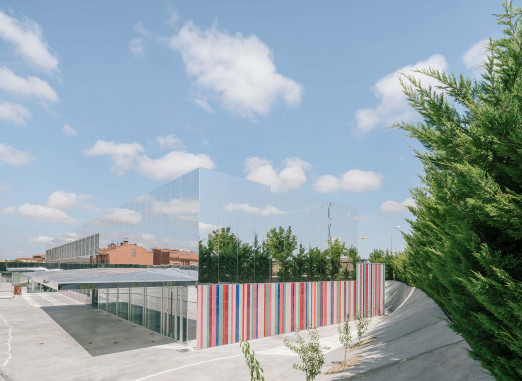Placed in a variety of locations- from parks, shopping centres and fashion houses, Marc Fornes’s sculptures are usually met with curiosity and childlike wonder.
With their curvaceous aesthetic, Fornes’s New York-based architectural studio THEVERYMANY's colourful pieces appear as plant-like futuristic forms and explore what digital fabrication technologies can be used to create.

Fornes’s latest project is an indoor installation called ‘Marquise’ that appears as a colourful veil featuring circus-inspired colours. From a distance the sculpture looks like a soft piece of fabric, yes is formed from a series of thin metal sheets.
Another THEVERYMANY piece is ‘Pine Sanctuary’ in Ontario commissioned by City of Mississauga Public Art Collection which takes its inspiration from the layered structure of pine cones.
Similarly to Pine Sanctuary, Hyperbole in Rhode Island creates an attractive spatial experience for its visitors to wander through. The outdoor sculpture is an experimentation with ‘structural pleating’ and similarly to Fornes’s other sculptures explores the relationship between art and architecture.
These projects are examples of how Fornes’s studio creates works which play tricks upon the eye with various textures and forms.
Each piece is made out of thin aluminium and designed via computational and digital fabrication- a process that combines 3D modelling technology with machine-lead technologies such as laser cutting and 3D printing.
Using digital fabrication to design his self-supporting models, Fornes’s sculptures are laser cut and installed a piece at a time.
Each 3D sculpture gains its strength through the curvature of their structure, allowing the model to stand up without scaffolding.
Fornes calls his construction process ‘structural stripes’ where thousands of unique parts are digitally cut to form aluminium pieces that are fastened to other forms, which allows the construction of a curvaceous 3D shape.
To view more about the studio, click here.
By Anna Marks.






